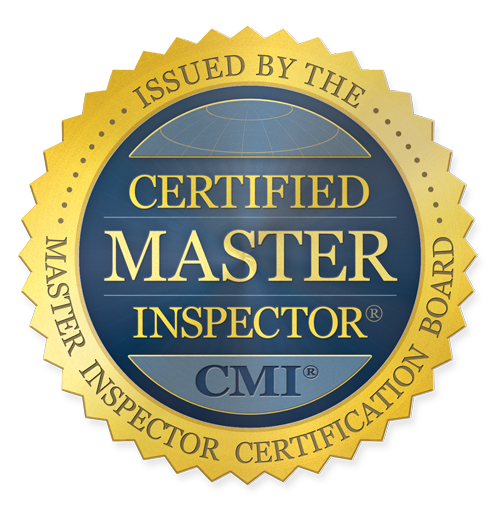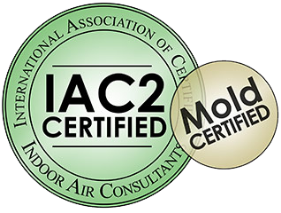1. Poor Grading & Drainage
Over one-third of home safety inspections reveal grading/drainage problems. This kind of issue can lead to cracked concrete slabs, water penetration into the basement, and pooling of water in the yard.
It can also mean uneven terrain right where you need to walk – and that can cause trips and falls. Surface re-grading, improvement of the guttering system, and underground drainage systems are possible solutions.
2. Wiring Problems
An electrical problem is a BIG problem, and around one-fifth of inspections reveal wiring that is too small, the wrong kind for the building, or under-code. The wiring may also simply be too old and not properly insulated at points.
If the home has had DIY electrical work done on it, the odds of poor wiring are higher. Inspectors can retrieve the history of the home as well as test the electrical system and recommend any needful upgrades.
3. Old Or Damaged Roofing
About one in 10 homes on the market that you get inspected will have roofing and/or a roof structure that is simply too old and needs to be replaced. Or, there will be significant repair work that needs to be done on the roof to prevent leaks, rodent invasions, and further “roof decay.”
This can be both a safety issue and a home maintenance issue. If shingles blow off in the wind, they could strike someone or something. And rodents and vermin in your attic can spread diseases in the house below.
4. Malfunctioning Or Outdated Heating
A home inspection sometimes brings to light certain common problems with a home’s heating system. Chimney blockages, flue vents that are unsafe and outside of code, broken furnaces, cracks in the heat exchanger, and heater controls that don’t work are some examples.
This can create a fire hazard, besides increasing your home’s monthly electric bill and your carbon footprint. Much of the same can be said about the home’s cooling system.
5. Inadequate Ventilation
While heating and cooling are often on home buyer’s minds, ventilation sometimes escapes notice. But it, too, is very important and can create a safety hazard.
Without good ventilation, mold and mildew (including black mold) can grow inside your building. Excess moisture buildup may also cause structural decay and lower the R-value of attic insulation.
6. Plumbing Problems
Plumbing issues are expensive, destructive, and very frustrating. They can also allow mold to fester where an undetected slow leak is at work.
Out of date or incompatible pipe materials and sizes, waste lines prone to backing up, and old piping that may tinge the tap water are possible problems.
7. Structural Issues
Structural integrity is basic to a home’s value and safety level. Foundations, walls, joists, rafters, windows, and doors need to be strong and able to carry the load. In older homes, it’s especially important to use up-to-date testing equipment to detect any hidden structural issues.
To learn more about how modern home inspections work and what are the benefits of having one done, contact Super Inspection Pros today!

